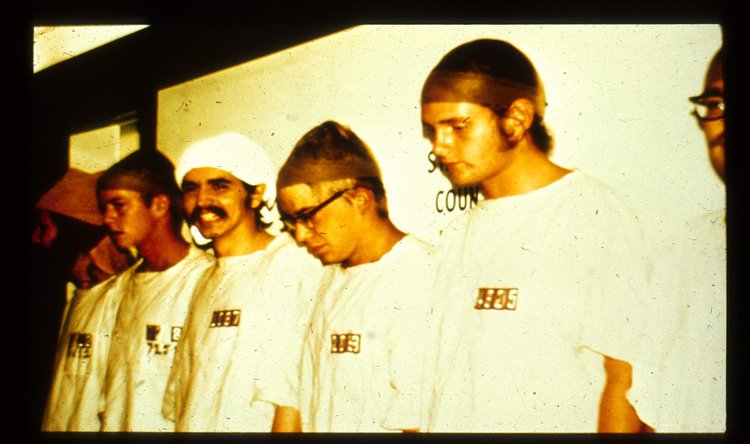Engage. Too often, executives get intrigued with the edge and arrange field visits to explore this strange terrain. Insight rarely comes from such casual visits. Instead, executives need to identify and focus on challenging business issues to engage edge participants productively and drive real insight.
Sustain relationships on the edge. A lot of the current effort in open innovation focuses on short-term transactions to gain access to existing resources. To get the full value of the learning that's occurring on the edge, executives need to find ways to build long-term, trust-based relationships with edge participants.
Bring the edge to the core. In too many cases, companies set up remote outposts on the edge that become isolated and alienated from the core of the business. Senior executives need to identify challenges confronted by the core where insights from the edge can be helpful and sponsor initiatives to bring participants from both domains together around these issues.












